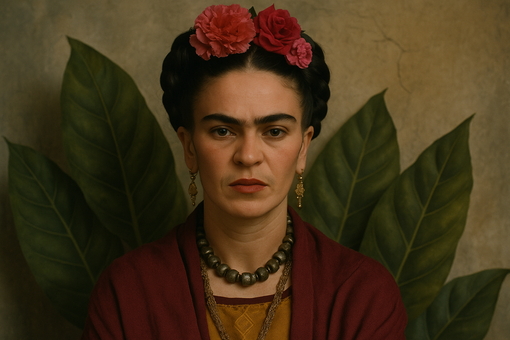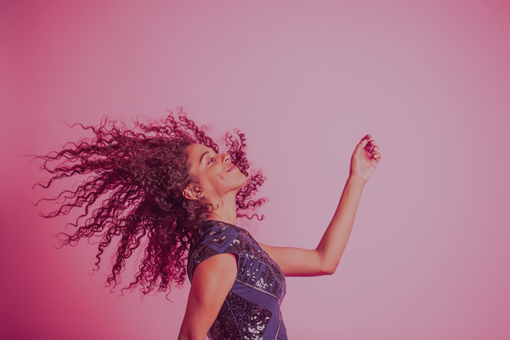When the body becomes a mirror of emotions
Emotional intelligence — this ability to recognize, understand, and regulate one's emotions and those of others — is a major asset in daily life as well as in relationships. Dance, and more broadly movement, offers a unique ground to develop this skill: by moving, we give a visible form to our inner world and create a shared language that goes beyond words.
Self-awareness through movement
Every gesture expresses an emotion: a contracted shoulder often translates to tension, a light step evokes joy, a closed posture can signal fear or sadness. In free dance or movement workshops, observing one's gestures allows for awareness of internal states. This is the first step of emotional intelligence: knowing oneself.
Research in movement psychology (Koch et al., 2019) shows that dance helps develop this "embodied self-perception," essential for better identifying and naming one's emotions.
Relational regulation: dancing with the other
Emotional intelligence does not stop at oneself: it also includes the ability to adjust one's behaviors in the relationship. Dance fosters this dimension through collective practices: dancing in mirror, improvising in pairs, adjusting to the rhythm of a group. These bodily experiences develop listening, empathy, and the regulation of interactions.
According to a study published in Frontiers in Psychology (2020), collective dances increase the feeling of social connection and decrease relational stress, by stimulating oxytocin, the bonding hormone.
Concrete practices to develop emotional intelligence through movement
🔵Mirror dance: reproducing a partner's gestures to develop listening and empathy;
🔵Free improvisation: exploring different emotions through movement to better identify and tame them;
🔵Group dance: feeling the collective energy, regulating one's place in the group, and cultivating cooperation.
My support: from movement to better emotional intelligence
I support individuals, both individually and collectively, to explore the language of the body to better know themselves, soothe their emotions, and strengthen their relationships. Through dance therapy and tools from NLP, I offer:
🔵Individual sessions to develop self-awareness and transform emotional blockages into resources;
🔵Collective workshops to cultivate mutual listening, empathy, and relational cohesion;
🔵Simple body rituals to integrate into daily life to strengthen emotional balance.
An embodied path towards more conscious relationships
Developing emotional intelligence through dance means learning to feel before speaking, to adjust before reacting. This path through the body allows not only for better self-understanding but also for building more peaceful and authentic relationships.
What if the next dance step you take also became a step towards a better understanding of yourself and others?




